Bandhani Art work: The Soul of Indian Handloom
Bandhani artwork is an ancient tie-and-dye technique that dates back to the 300s BC when Alexander the Great referenced it in his India books. As a result, India is the birthplace of this lovely handiwork. In India, dyes had a long and storied history. The bandhani originated 5000 years ago in Rajasthan and Gujarat (Indian subcontinent) and has been passed down through generations, as well as being seen in modern Indo western and traditional attire.
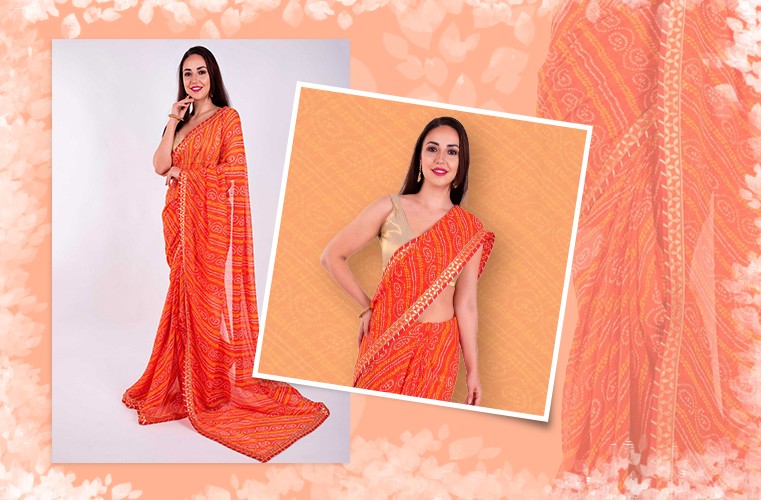
Bandhani, also known as bandhej, is a sort of tie and die in which the clothes are embellished by binding them into several ties. The word "banda" means "knot." Bandhani is a technique that involves dying a fabric that is firmly bound with a thread in multiple places to create desired designs. It is the earliest method of making sarees, odhnis, and turbans that is being used today. Although there is no concrete evidence, historical records indicate that the first bandhani saree was worn many years ago. Its imprints can also be found in the Ajanta Caves.
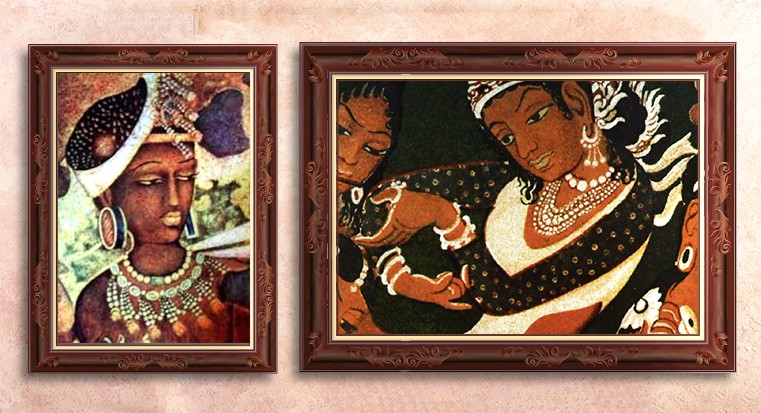
Technique
This technique needs precision, skill and passion. The fabric is tied into tight knots. The most intriguing aspect is that these knots that these are not made at random, but rather in a precise manner and design in perfection. Some of the popular styles are-chandrakal, shikari, pawan baug, khombi, gharchola, etc. They were once knotted in a favourite knot and are now coloured in a variety of vivid colours such as yellow, red, green, blue, and black. And, once they've dried, they're opened, keeping the fabric's original colour, resulting in a stunning pattern of colours and designs. On a bright day, the drying process may take 4-5 hours, 6-7 hours in the winter, and two days during the monsoon.
Kinds of Knots
- Ekdali: A single knot
- Trikunti: three knots
- Chaubandi: four knot
- Dungar shahi: Mountain Pattern
- Boond: A small knot and a dark tear-shaped knot
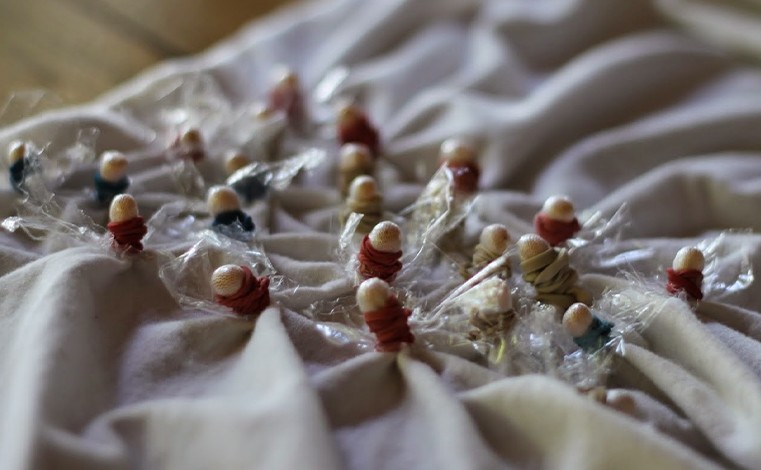
Bandhani artwork requires a great level of creativity and expertise to complete.
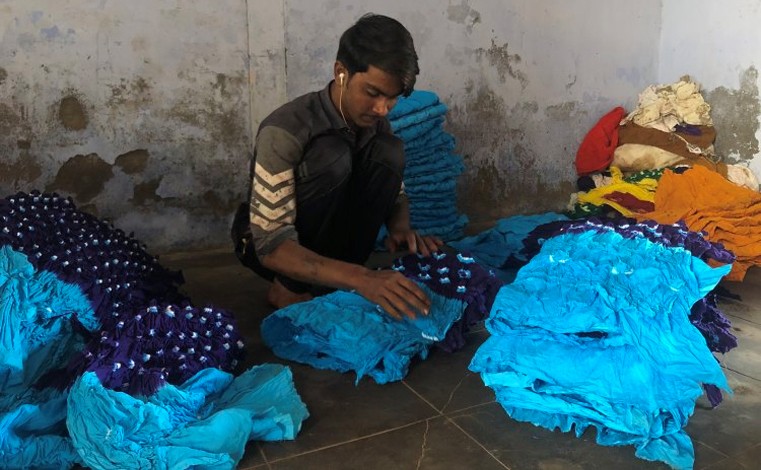
Colours
Bright colours are used in this art form. And these vibrant colours have different meanings in different civilizations. Let's us see what they are:
- RED: It is the oldest symbol of marriage. And is believed to shower good fortune and a lucky future for a newly wedded wife.
- Yellow: It brings streams of joy and the onset of spring.
- Saffron: The colour of a yogi
- Black: For mourning
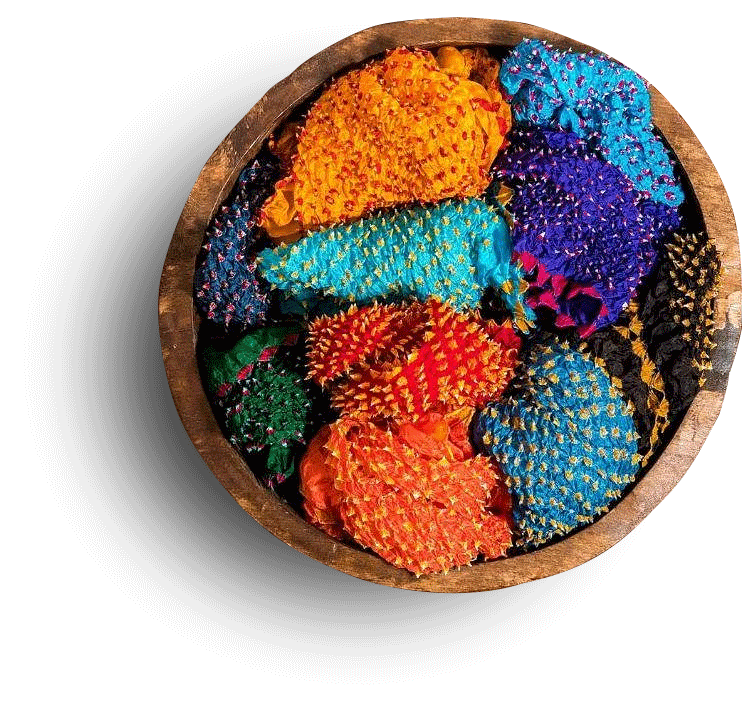
Wearing the Apparel
A simple salwar kameez with a bandhani pattern can be worn on a daily basis. Leheriya sarees and lehengas can be worn throughout the day and ghatchola at night. This attire is not only appropriate for domestic women but may also be worn by independent metropolitan ladies.
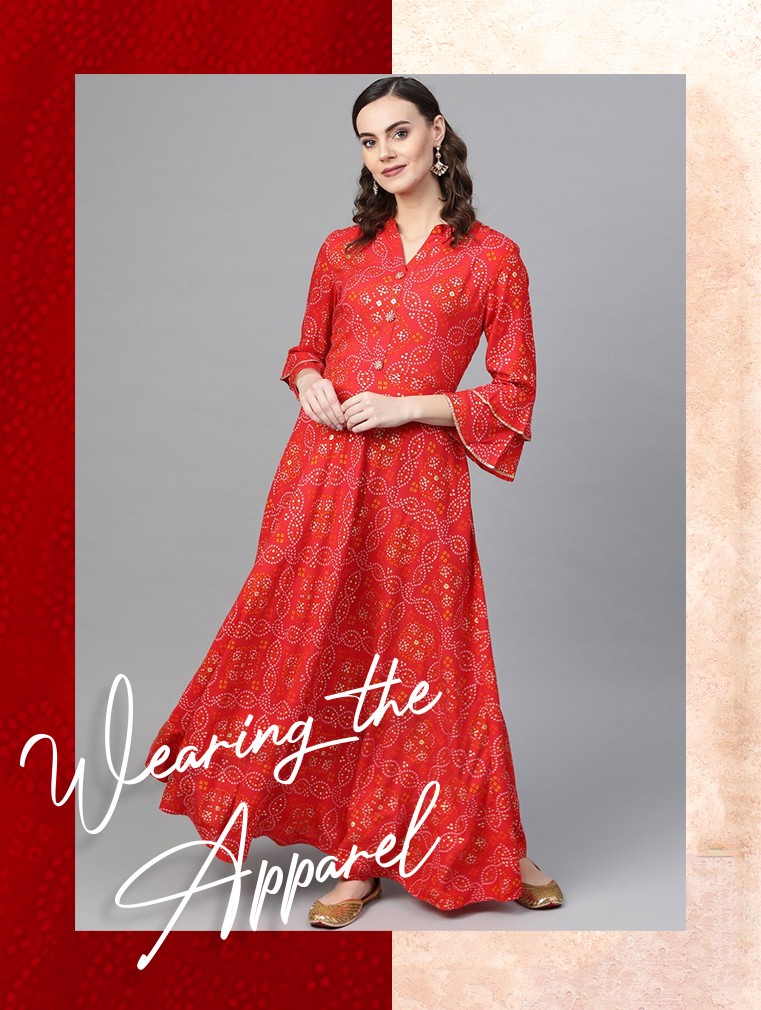
Global Acceptance
Though it began in India, it is now practised in countries all over the world, including Africa and Japan. As a result, many indo-western outfits, odhanis, and scarves are made in this art form around the world. During the festive months, the number of visitors continues to climb. Furthermore, the cost of maintenance is extremely low. You must, however, keep in mind that you must not iron them at any cost. The strength of the bandhani is harmed. As a result, it's best to dry clean or use low-heat methods.
Latest Posts
Categories
Tags


 +1-403-351-7777
+1-403-351-7777














